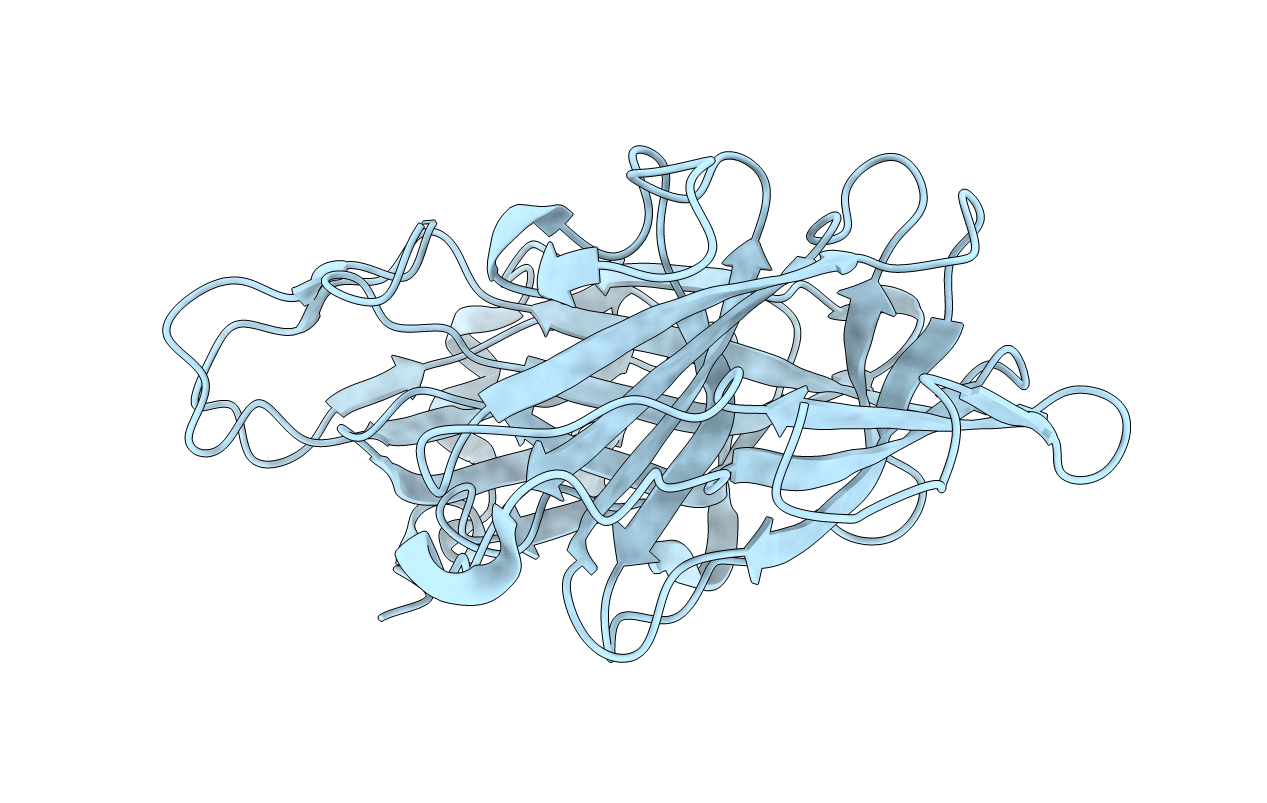
Deposition Date
2017-07-28
Release Date
2018-07-18
Last Version Date
2024-11-13
Entry Detail
PDB ID:
5WM0
Keywords:
Title:
Crystal structure of apo wild type peptidylglycine alpha-hydroxylating monooxygenase (PHM) soaked with peptide (peptide not observed)
Biological Source:
Source Organism:
Rattus norvegicus (Taxon ID: 10116)
Host Organism:
Method Details:
Experimental Method:
Resolution:
2.40 Å
R-Value Free:
0.28
R-Value Work:
0.19
R-Value Observed:
0.20
Space Group:
P 21 21 21


